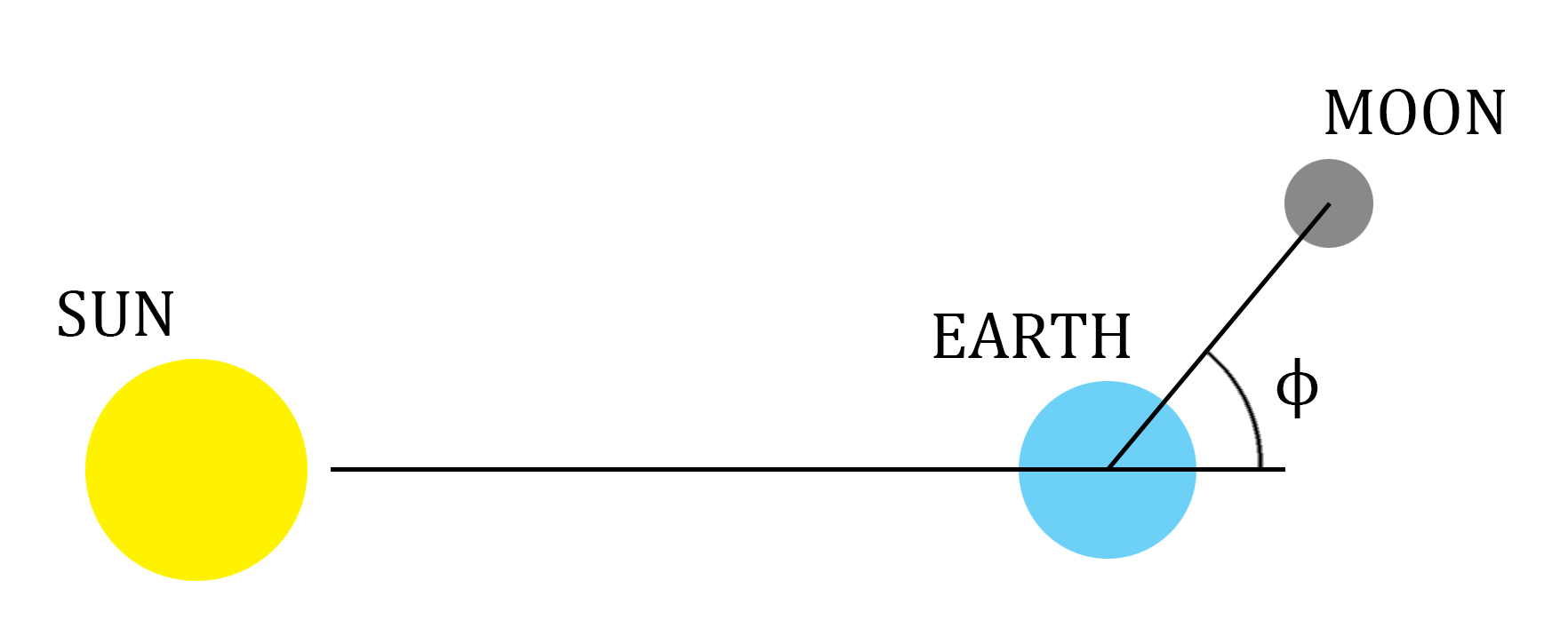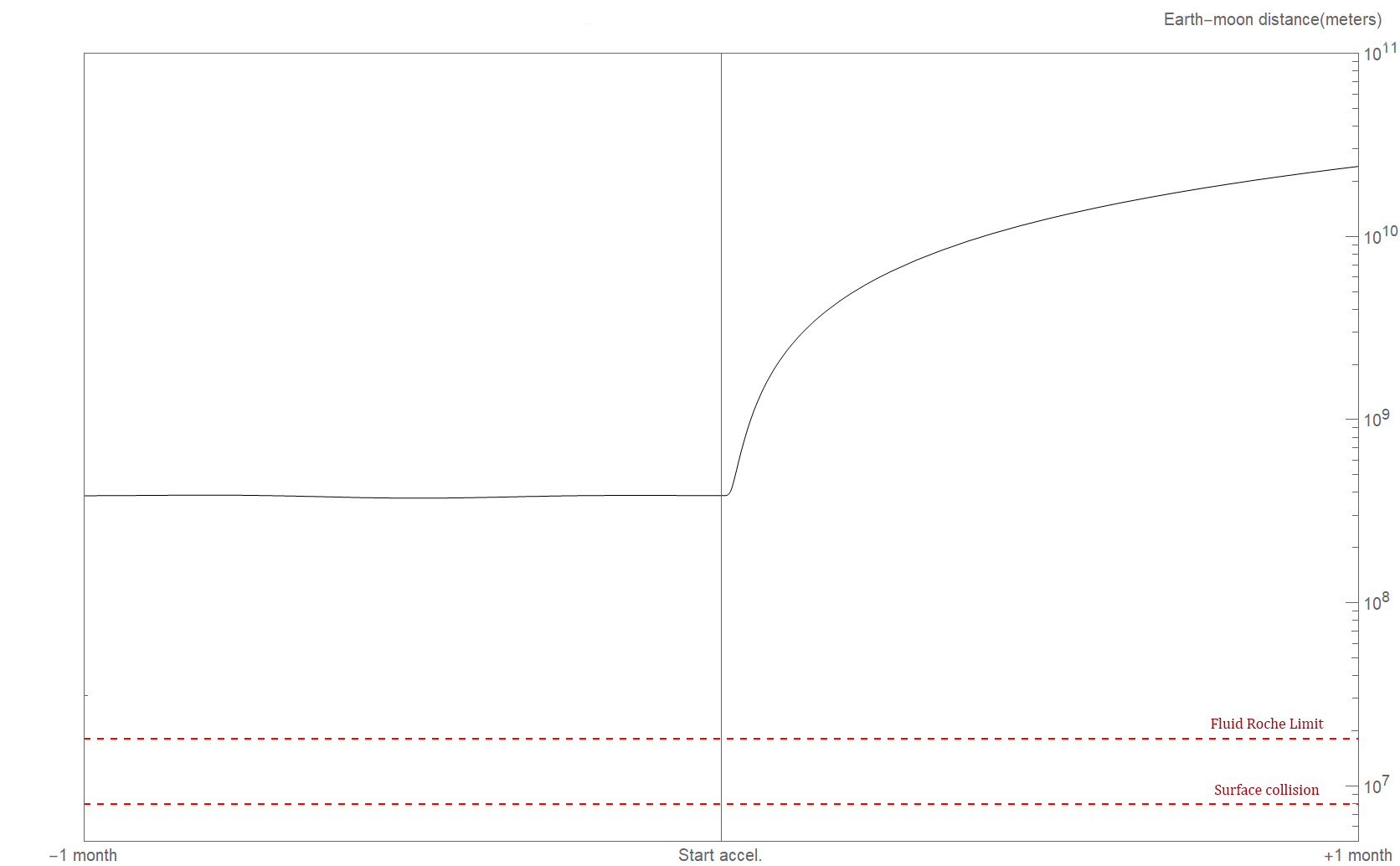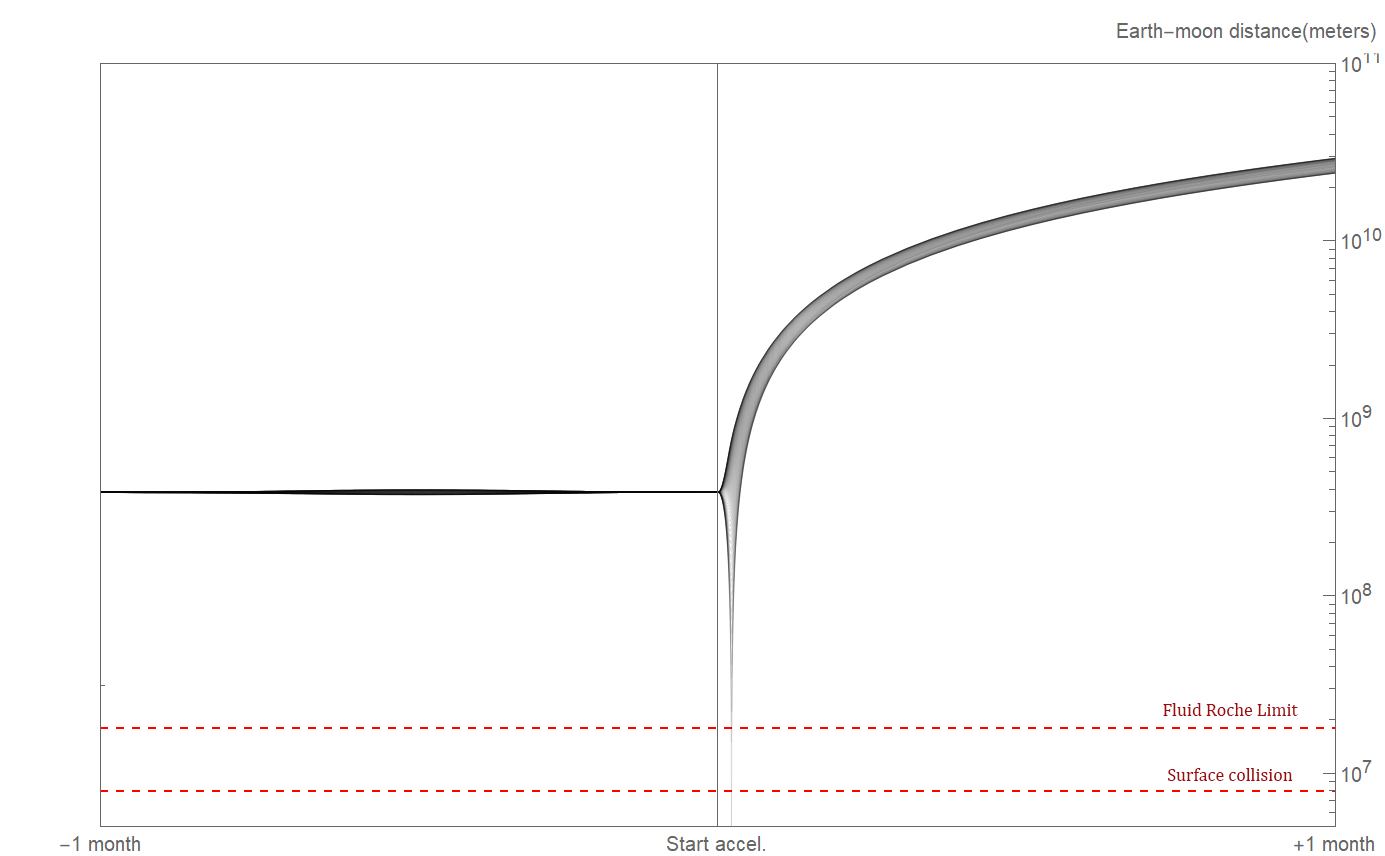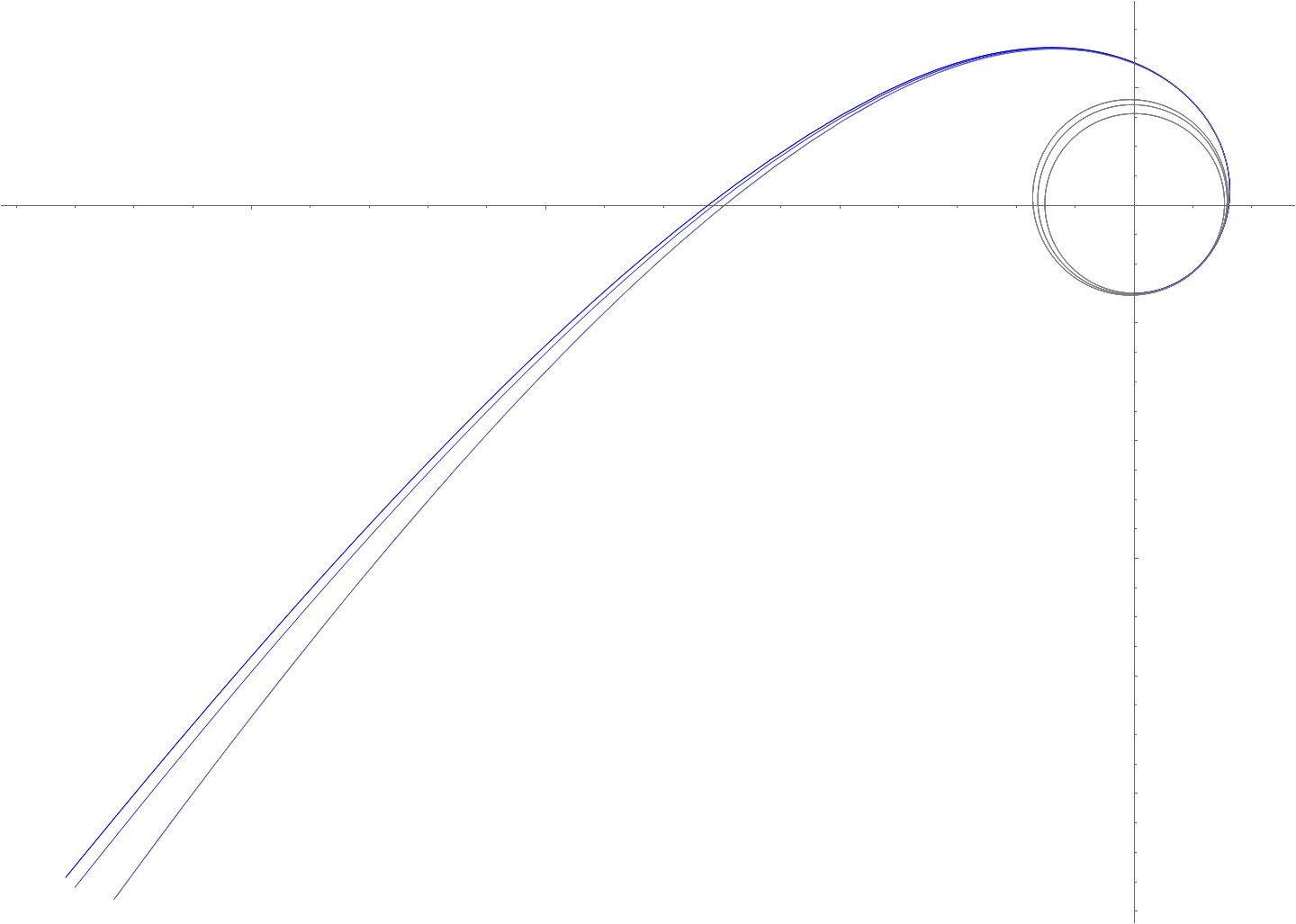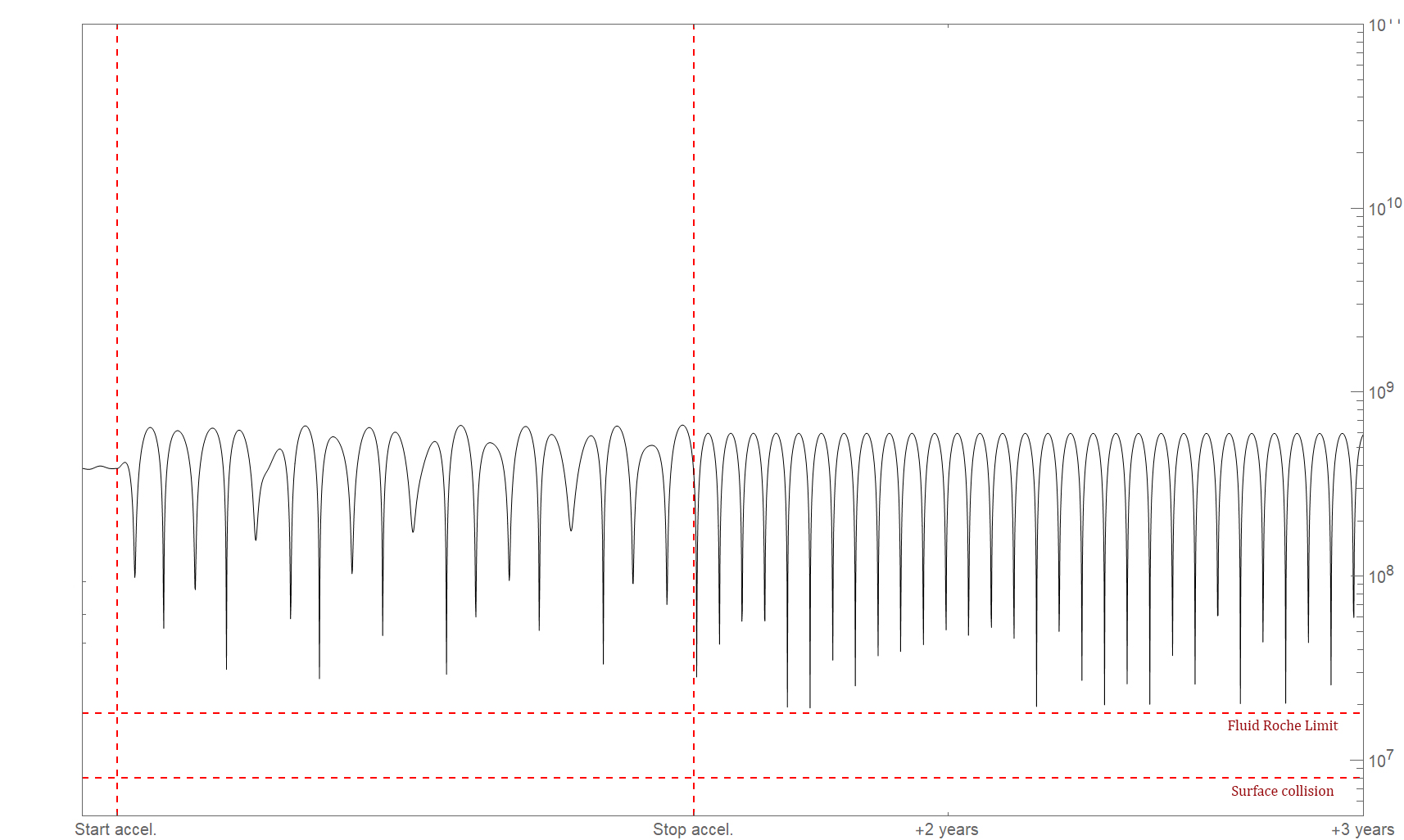I've been reading about stellar engines. The Wikipedia article on them says this about the acceleration they could provide to a star:
Such thrust and acceleration would be very slight, but such a system could be stable for millennia. Any planetary system attached to the star would be 'dragged' along by its parent star.
I'm writing a sci-fi novel about Earth going rogue. I would like to know if, by the same principles, if the Earth gets accelerated prograde out of the solar system, would the Moon be dragged along? I imagine so since the Earth is two orders of magnitude more massive, being the dominant mass in the Earth-Moon system.
Further details:
- The Earth is accelerated by a mysterious force, giving it a push of ~0.025 g for twelve hours;
- The force acts only on Earth and has a gravity gradient of 0.0001% (less tidal effect than the Sun).
I imagine a set of possibilities:
- Small or negligible effect on the Moon's orbit;
- Very strong effect on the Moon's orbit, changing it into a much more eccentric shape;
- The Moon escapes the Earth-Moon system on a tangent - tides get weaker and weaker as she leaves;
- The Moon does a very close flyby, leading to one devastating extinction event with earthquakes, tsunamis and volcanic eruptions of biblical proportions - then she escapes the Earth-Moon system;
- The Moon's orbit becomes very eccentric with a very low periapsis - same as above but on infinite repeat;
- Collision. That would be a very short and anticlimatic story;
- ???
I don't have the math or the physics in me to figure what would most probably and realistically happen, so I'm coming here for help because you guys always make my day :)

